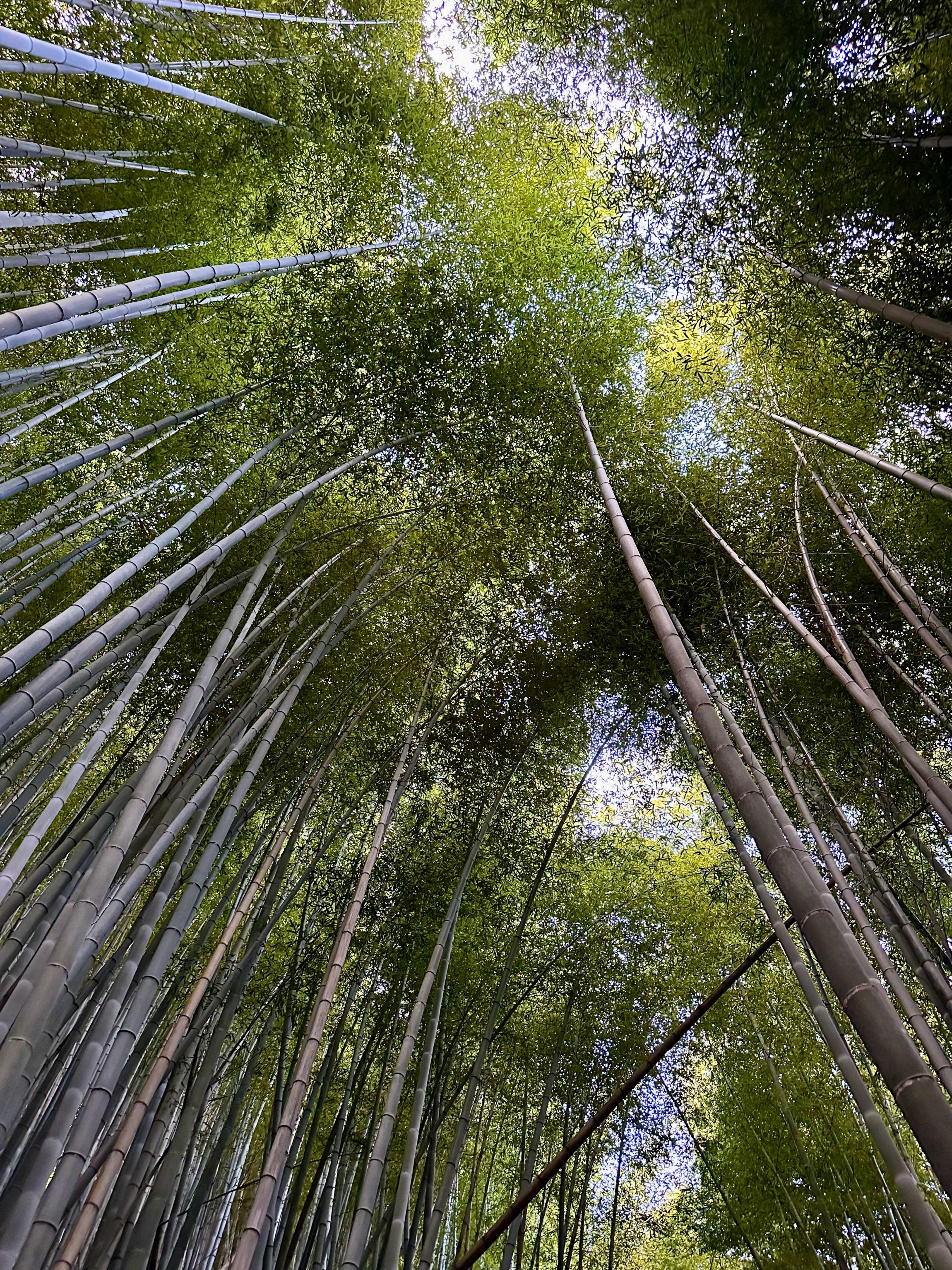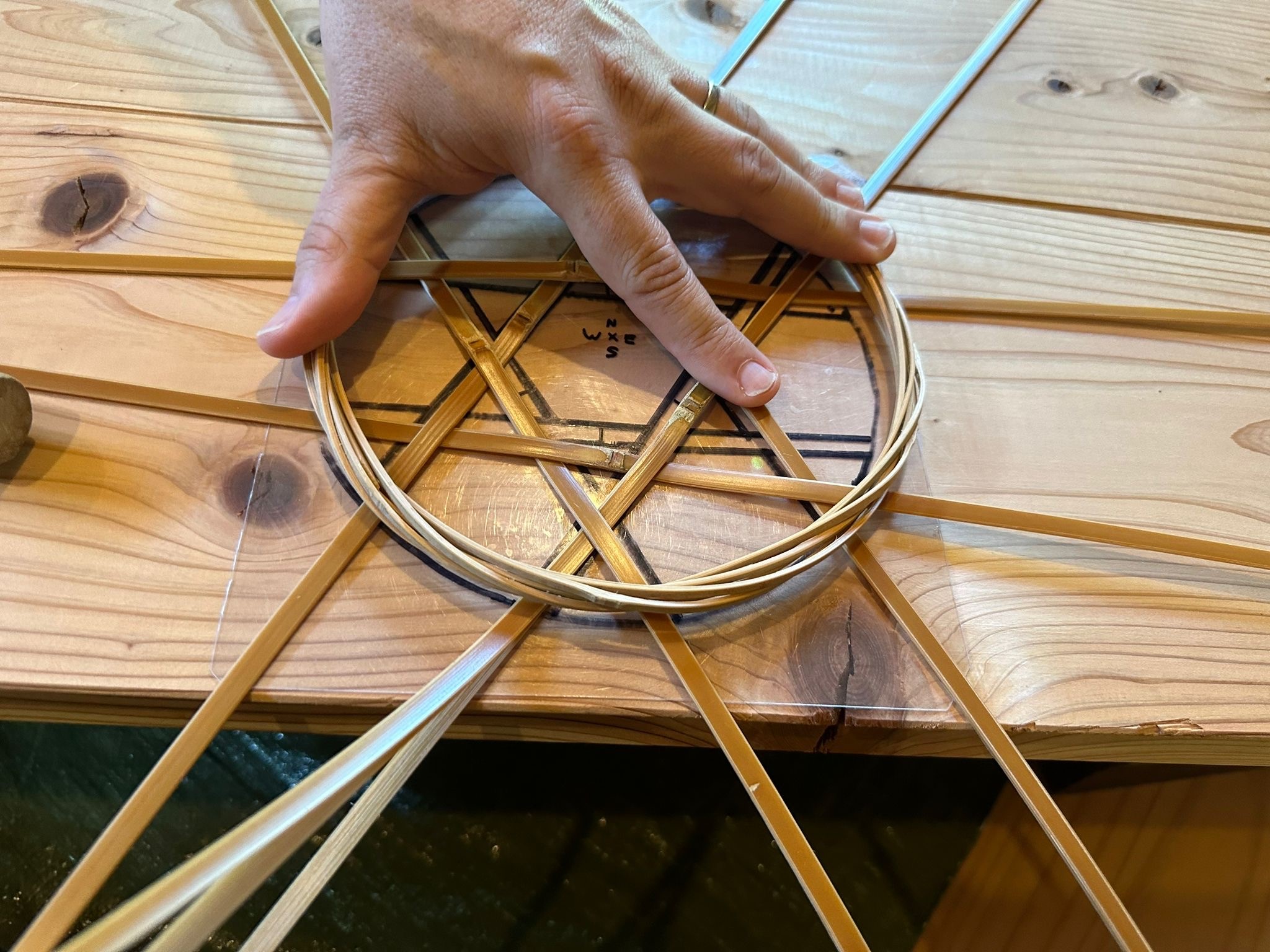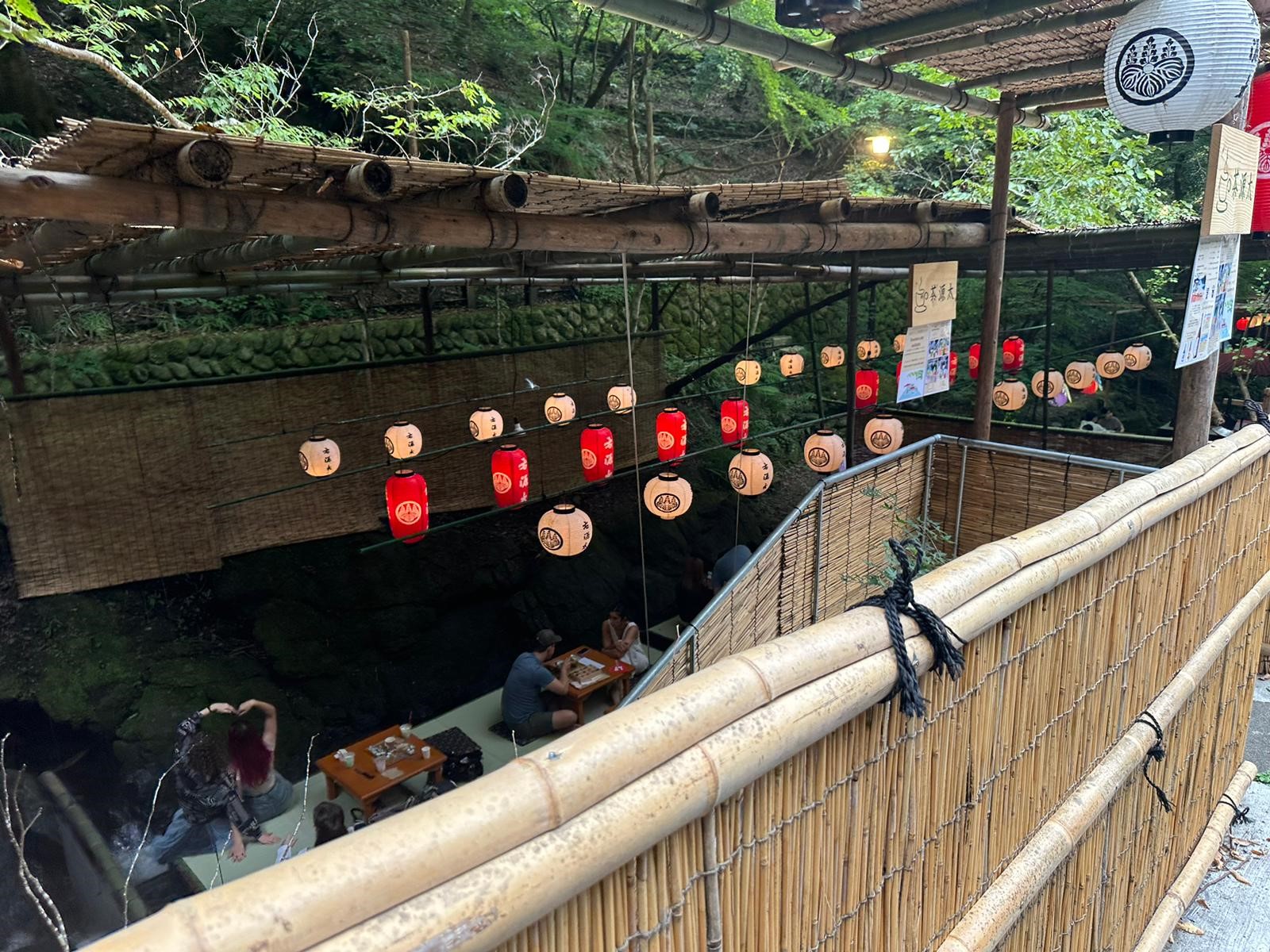Exploring the Elegance of Bamboo in Architecture and Garden Design: A Journey from Japan to the UK
Written by Pablo Lambrechts, Principal Architect at L+ Architects, 29th August 2024
Bamboo has long been celebrated in Asia, particularly Japan, for its beauty, versatility, and sustainability. On a recent trip to Japan, I had the opportunity to witness firsthand the incredible ways in which bamboo is woven into the fabric of Japanese architecture and garden design. A significant part of this journey was my stay with Daisuke, a bamboo farmer and craftsman in the Yui Valley, which deepened my appreciation for this ancient material and left me inspired to explore how bamboo can be embraced in the UK, bringing a touch of the East to our Western landscapes.

The Timeless Appeal of Bamboo
In Japan, bamboo is more than a building material; it is a symbol of strength, flexibility, and resilience. The tall, slender stalks create serene forests that have been revered for centuries. But bamboo’s significance goes beyond its aesthetic qualities. It has been used to construct everything from simple garden fences to intricate pavilions and even entire buildings. Its natural beauty and eco-friendly properties make bamboo a perfect material for modern, sustainable design.

Immersed in the Yui Valley: Learning from Daisuke
During my stay in the Yui Valley, I was privileged to work alongside Daisuke, a master bamboo farmer and craftsman who has dedicated his life to understanding and preserving the art of bamboo cultivation and craftsmanship. The experience was transformative. Daisuke’s deep knowledge of bamboo, from its growth cycles to its myriad uses, offered invaluable insights into the potential of this material.
Daisuke’s approach to bamboo is holistic. He manages his bamboo groves with a profound respect for nature, ensuring that each harvest is sustainable and that the ecosystem of the grove remains balanced. This respect extends to his craftsmanship, where every piece of bamboo is used thoughtfully, whether it’s being woven into a delicate basket or shaped into structural elements for buildings. His workshop, a space filled with the scent of freshly cut bamboo, was where I saw firsthand how this versatile material could be transformed into works of art and architecture.

Bamboo in Japanese Architecture
One of the most striking examples of bamboo’s use in architecture can be found in the traditional Japanese tea house. These structures, often set within tranquil gardens, use bamboo in their framework, walls, and even flooring. The material’s natural flexibility allows for the creation of delicate yet strong structures that seem to blend seamlessly with their surroundings.
In contemporary Japan, architects have continued to innovate with bamboo, using it in bold new ways. For example, Kengo Kuma, one of Japan’s most renowned architects, has used bamboo in many of his projects to create spaces that are both modern and deeply rooted in tradition. His work demonstrates how bamboo can be used for its beauty and ability to create spaces that are in harmony with nature.
Bringing Bamboo to the UK: Architectural Possibilities
Inspired by Japan’s mastery of bamboo and Daisuke’s craftsmanship, the question arises: How can we integrate this remarkable material into the UK’s architectural landscape?
Sustainable Construction: Bamboo is an incredibly fast-growing plant, making it a highly renewable resource. In the UK, where sustainability is becoming a crucial consideration in construction, bamboo offers a compelling alternative to traditional building materials like steel or concrete. Its strength and flexibility make it suitable for various applications, from structural supports to interior finishes.
Passivhaus Design: Given its natural insulating properties, bamboo is an excellent material for Passivhaus projects, which aim to reduce energy consumption by creating highly efficient buildings. Bamboo can be used in walls, floors, and ceilings to improve thermal performance while adding a warm, organic aesthetic to the interior.
Heritage Building Enhancements: For those working with heritage buildings, bamboo offers a lightweight, non-invasive option for extensions or enhancements. Its natural appearance complements the character of older structures, while its versatility allows for creative design solutions that respect the historical context.
Bamboo in Garden Design: A Green Revolution
Bamboo’s applications extend beyond architecture into garden design, where it can create serene, sustainable outdoor spaces.
Natural Screening: Bamboo’s tall, dense growth makes it an excellent choice for natural screening. It can be used to create privacy walls or to section off different garden areas without harsh, artificial barriers.
Water Features and Bridges: Bamboo, inspired by Japanese gardens, can be incorporated into water features, creating elegant bridges or framing tranquil ponds. Its natural look enhances the sense of peace and connection to nature that these features evoke.
Pergolas and Arbours: Bamboo’s strength and flexibility make it ideal for constructing pergolas and arbours, providing shade and structure to a garden. These features add beauty and create spaces where people can relax and enjoy the outdoors.
Container Gardening: Bamboo is also well-suited for container gardening, where it can thrive in pots and planters, bringing greenery to even the smallest of spaces. Its rapid growth ensures it quickly fills out, creating lush, green displays.
Challenges and Considerations
While the potential for bamboo in the UK is exciting, there are challenges to consider. The UK’s cooler climate is less conducive to growing bamboo, so sourcing sustainable bamboo from responsible growers is crucial. Additionally, integrating bamboo into existing architectural traditions requires careful design to ensure it complements rather than clashes with the surrounding environment.
However, these challenges also present opportunities for innovation. By learning from Japan’s rich history of bamboo use and the expertise of artisans like Daisuke, architects and designers in the UK can find new ways to incorporate this versatile material into their work, creating beautiful and sustainable spaces.

Bamboo’s journey from the East to the West is just beginning. As architects and garden designers in the UK explore its possibilities, bamboo may soon become a more common sight in our buildings and landscapes. Japan’s inspiration and Daisuke’s craftsmanship serve as powerful reminders that traditional materials can still offer innovative solutions to modern challenges.
By embracing bamboo, we pay homage to a timeless tradition and take a step toward a more sustainable and harmonious future in design.